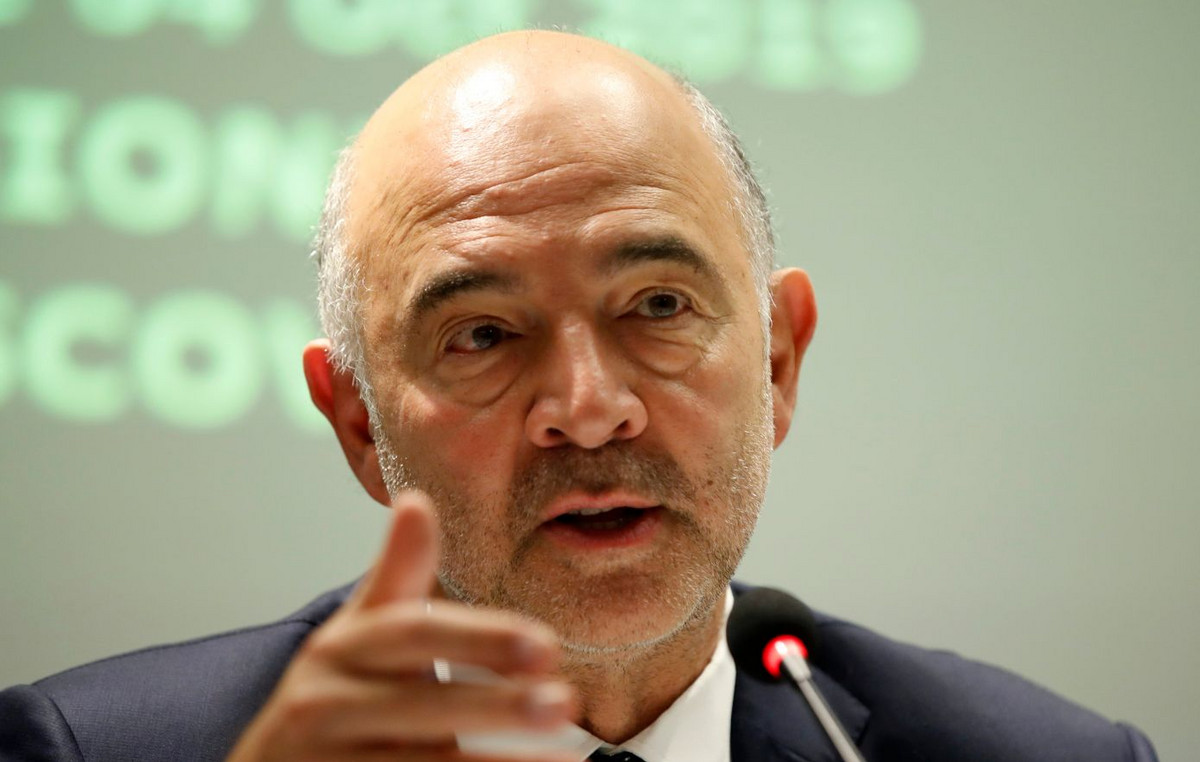This Saturday (28), another astronomical event will be visible in the Brazilian sky: a partial eclipse of the Moon.
The phenomenon occurs when the Moon is full, with the Earth moving between it and the Sun. In this way, part of the Moon is in the shadow formed by the Earth.
The astronomer at the National Observatory, Josina Nascimento, explains that there are two types of shadow: the twilight – in which the solar luminosity incident on the Moon only decreases – and the umbra – in which no solar light reaches the Moon’s surface.
“The first is a light shade that still receives light from the sun. When the Moon is completely immersed in this shadow, a penumbral eclipse occurs and there is no difference in the brightness of the Moon. The umbra is the dark shadow that no longer has any luminosity from the Sun. When the Moon enters this shadow we have a partial eclipse” , explained the astronomer.
Lunar eclipses can be of three types:
- Penumbral lunar eclipse: Moon passes through Earth’s lightest shadow, with little change in its brightness to the naked eye;
- Partial lunar eclipse: Only part of the Moon reaches the umbra, which is the darkest Earth shadow;
- Total lunar eclipse: The entire Moon passes through the umbra, where there is no illumination from the Sun.
At the partial eclipse on October 28, the Moon will plunge completely into penumbra, but only 6% of its surface will be covered by the umbra, resulting in a small portion of the Moon that will be dark.
Only when the Moon is completely immersed in the umbra does a total lunar eclipse occur.

Will the lunar eclipse be visible in Brazil?
The easternmost region of Brazil, which includes the states of Ceará, Pernambuco, Paraíba, Alagoas, Sergipe and Rio Grande do Norte and part of the states of Minas Gerais, Bahia, Maranhão and Piauí, will have the opportunity to see the partial eclipse at sunrise from the moon.
In other locations, the eclipse will only be penumbral, and there should not be much difference in the Moon’s luminosity to the naked eye.
As the full Moon rises when the Sun sets, you need to be careful, in a place with good visibility to the east, to observe this spectacle, as the Moon will already rise with the eclipse in progress.
According to information from the portal Time and Datethe event can also be seen, at least in part, in Europe, Asia, Australia, Africa, North America, much of South America, the Pacific, Atlantic, Indian Ocean, Arctic, Antarctica.
Partial lunar eclipse stages
According to information from the Time and Datethe phenomenon occurs as follows:
- The penumbral eclipse begins;
- Partial eclipse begins;
- Maximum eclipse;
- End of partial eclipse;
- End of the penumbral eclipse.

The partial lunar eclipse reaches its maximum stage when the Earth’s umbra covers most of the Moon. In the case of this Saturday’s event, 6% of the lunar surface will be covered by the umbra.
In total, the phenomenon will last 4 hours and 25 minutes.
Can you look directly at the lunar eclipse?
“The good news is that it is not necessary to take special precautions to observe the lunar eclipse. We can look directly at the Moon for as long as we want”, highlighted astronomer Josina Nascimento.
Even so, anyone who wants to can watch the astronomical event through a live broadcast from the National Observatory. The broadcast starts at 3pm on Saturday and can be seen here .
Why is there no eclipse on every full moon night?
Although lunar eclipses depend on the full phase, this astronomical phenomenon does not happen every month.
This happens because the planes of the Moon’s orbit around the Earth and the Earth’s orbit around the Sun are different.
Because of this inclination, it is possible for the Moon to be behind the Earth, but still receive sunlight.
See photos of the “ring of fire” solar eclipse on October 14
Source: CNN Brasil
Charles Grill is a tech-savvy writer with over 3 years of experience in the field. He writes on a variety of technology-related topics and has a strong focus on the latest advancements in the industry. He is connected with several online news websites and is currently contributing to a technology-focused platform.







